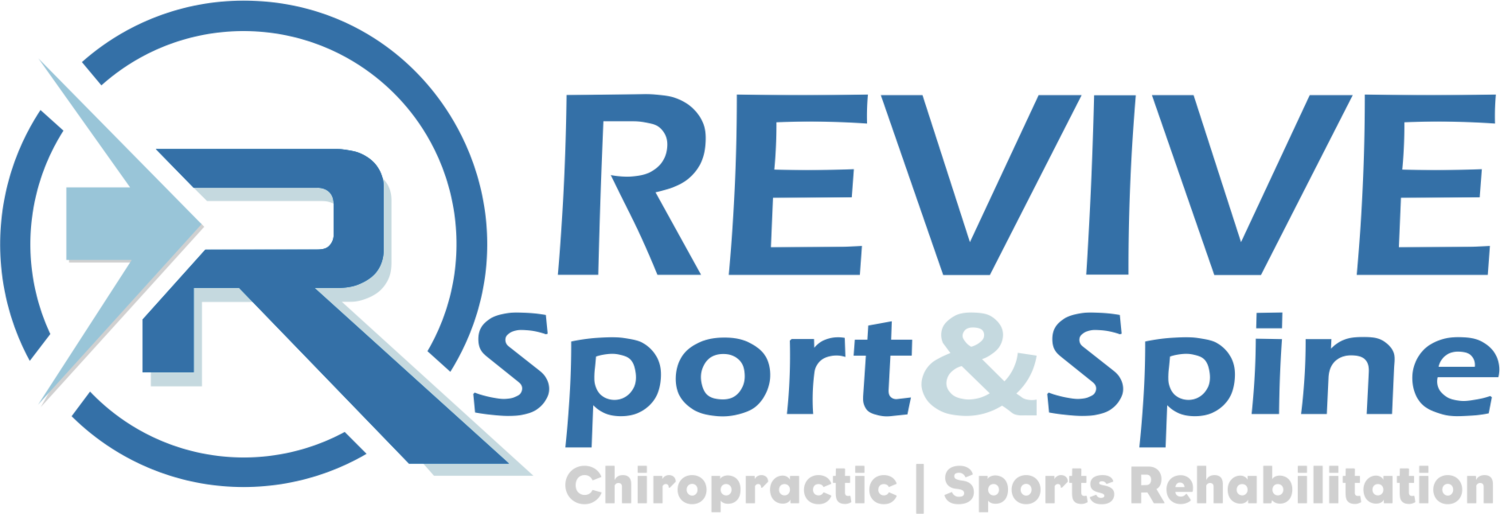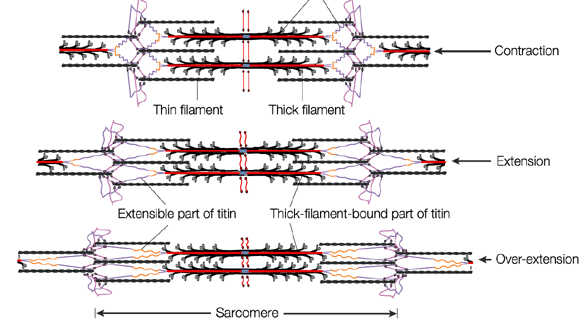Do you stretch? When? How? More importantly WHY? This will be brief, and there are many sides to this table, but where do you sit on this topic? When the discussion about stretching arises, it is sort of like the old saying on religion and politics; no matter what you have to say or how compelling your argument, you will never change the views of the other person and will usually walk away further apart on the subject than when you began.
Lets start the conversation…shall we?
When you stretch, what are you trying to accomplish? Are you trying to lengthen a muscle, increase range of motion or are you just reaching and praying that one day you can wrap your fingers around those toes down there? Truth is, you can elongate a muscle, kind of, and only temporarily. What you are actually stretching is the sarcomere, the contractile unit of the muscle, causing it to elongate but also decreasing its ability to contract. The sarcomere at rest, has quite a bit of overlap between the actin and myosin filaments. As you stretch, it creates less overlap and leaves the muscle with not much to grab on to when it is called on to work, decreasing its power and increasing risk for injury.
When a sarcomere is stretched, there is less myosin and actin overlap causing less power and increasing risk for strain.
In January 2014, The Journal of Strength and Conditioning Research studies the effects of static and dynamic stretching, revealing that static stretching had a negative impact on performance for up to 24 hours while dynamic stretching improved measures in power movements such as jumping. (Haddad et al.)
I do not despise stretching, just stretching of the static type before activity. I cringe when I see someone hop on to the field, or out of their car at a race and reach for their toes, pull their heel to their butt and off they go. I refer to this as the ‘stretching the cold rubber band trick’, it may work once or twice but eventually it is going to pop.
Some Non-Stretching (Static) Ideas
Before exercise: Activate and be Dynamic! Activate the muscles you are going to use, increase blood flow and ease into your exercise. Before running, activate the glutes, hips and core followed by some dynamic movement such as skips, leg swings and sport specific drills.
Foam Rolling provides a much better option to stretching as it allows trigger point work, reduced tension at the myotendinous junction and helps with circulation of fresh, oxygenated blood to flush out H+ buildup from lactate* breakdown, decreasing DOMS.
Mobility: Some may confuse mobility and stretching but the key difference here is that it not only works with muscle flexibility but joint mobility as well. Exercise or not, mobility should be addressed daily with focus on your trouble areas, which, depending on your sport and job, probably includes hips and thoracic spine.
This is the side of the table I sit on when it comes to stretching. This position comes from recent literature but mostly from personal & professional experience. Take it for what it is but if you are suffering from injury and you just can’t get it to loosen up, maybe stretching is the problem, not the answer.
Dr. Reheisse is a Board Certified Chiropractic Sports Physician practicing in Cottonwood Heights Utah. Revive Sport & Spine provides evidence-supported chiropractic care and conservative sports injury management.


